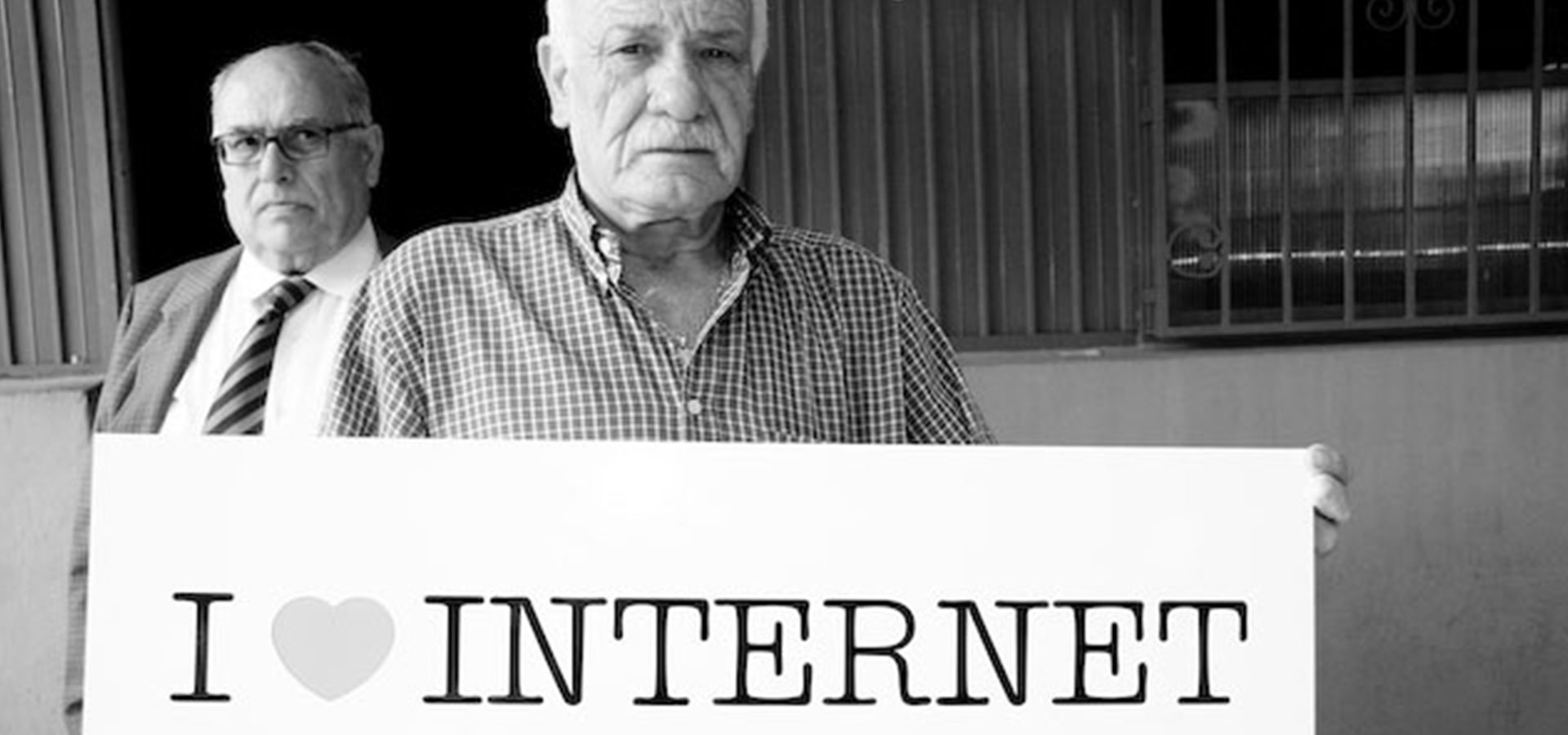

Bulldog Drummond
Connecting With Humans And Telling Stories Online
If you haven’t heard of Lovesocial, you’ve definitely heard about their work.
The company grew out of founder Azita Ardakani’s direction on the campaign “Summit on the Summit” which drew in 12 million Twitter impressions in one day. Flash forward three years and, at the young age of 26, she has a four-year-old social media storytelling agency that credits Jack Dorsey as its advisor and Todd Moscowitz as the first investor, and she has even been quoted in print by Seth Godin. She sits on the advisory board for Hootsuite, a social media dashboard with over 5 million users. Harnessing the power of emerging technologies and digital storytelling, Azita’s anti-agency thrives because of its unorthodox approach, which has attracted such clients as Oprah Magazine, Michael Kors, United Nations Foundation, UNREAL Candy Company, The Global Alliance for Improved Nutrition and documentaries such as Miss Representation and Gasland.
This Canada-born company has recently launched offices in New York and they have a story to share with America. It’s one about being rooted in commitments, not just campaigns. It’s about cutting through the noise with an understanding that simplicity and authenticity is the ultimate strategy for success. But what really sets Lovesocial apart is their commitment to the greater good. Azita is the youngest owner of a B Corporation and has committed herself to helping triple bottom line organizations. She is an exemplary case study for young and innovative companies who are using their business brilliance to make the world a better place. In her eyes, this is the future of marketing communications.
I recently had the opportunity to talk with Azita about her top three tips for anyone looking to tell a successful story online. This is what she shared:
1. Expand your idea of value.
According to Azita – and I agree – values aren’t equal to sales, revenue or profits. If you can begin to look at your value in human terms – rather than business terms – you will see that value is really all about your purpose, what you believe in and what you’re doing in the world. When you’re telling your story, people don’t want to hear about how much money you’re making or even how great your product is – they want to hear what you truly care about and the problem you’re solving for the world.
2. Establish common language.
Everyone from your most junior employee to your most senior executive needs to talk about your brand in precisely the same way to ensure that your customers, old and new, understand exactly who you are and what you do. When sharing your story online, consistency is key, and if people—even your own employees—are left to create their own explanations, the output is likely to have a wide array of confusion-causing variance.
3. Give your brand a human voice.
What type of person will best deliver the message of your brand? Think about what they would sound like, what their tone would be like and what type of personality they have. Write down all of their unique attributes and always communicate from the perspective of that person.
Photo: codiceinternet


Uncommon Person: Chad Hutson

Our Internal Learning & Impact at Bulldog Drummond

The One Decision by Employers in 2021 that Means Everything

What I Wish I Knew

Standing Up Inside

Uncommon Person: Gregg Imamoto

Five Things Every Company Should Know about ESG

Redefining Value

Uncommon Person: Chris Baréz-Brown

It’s Time For A Whole Lotta Common Good

Did You Choose Humanity?

Uncommon Partnership: Violux

Here’s How

Uncommon Person: Santhosh Nair

Designing Strategy For A Complex World

Responsibility & Relevance for Brands
